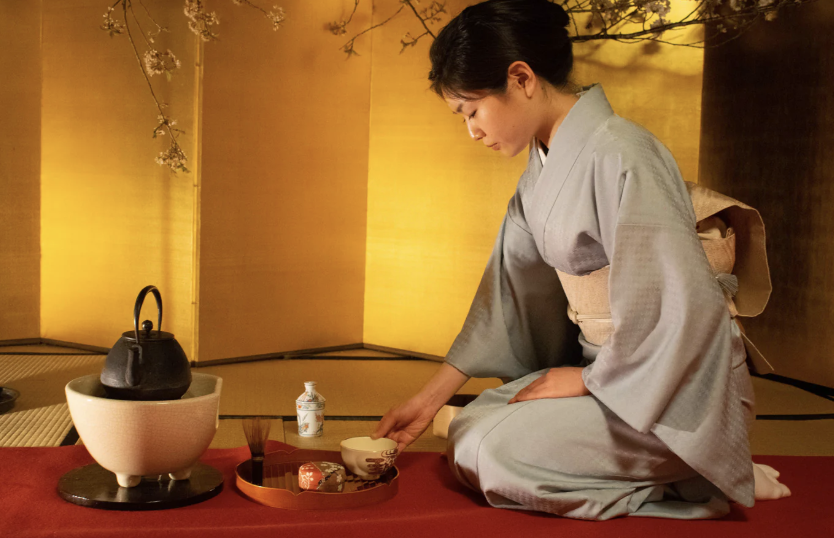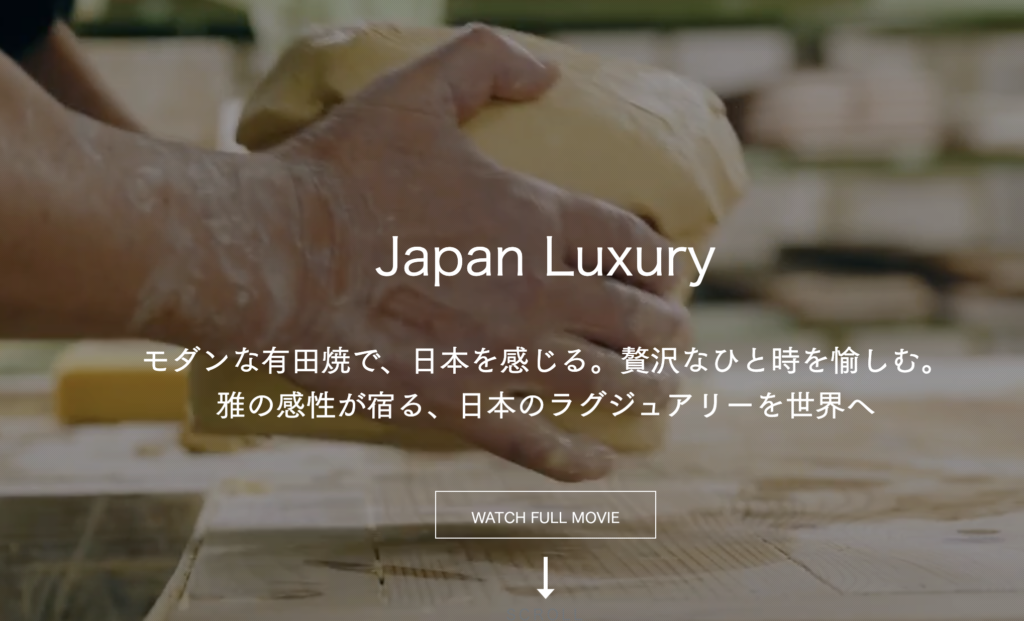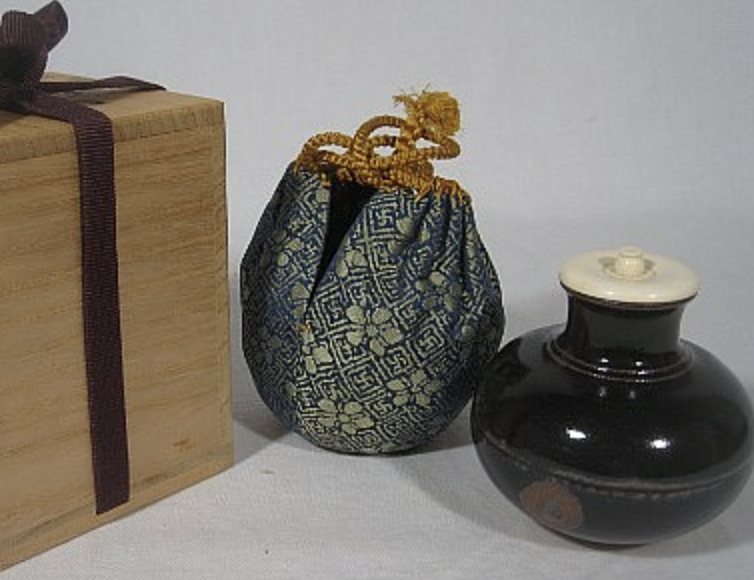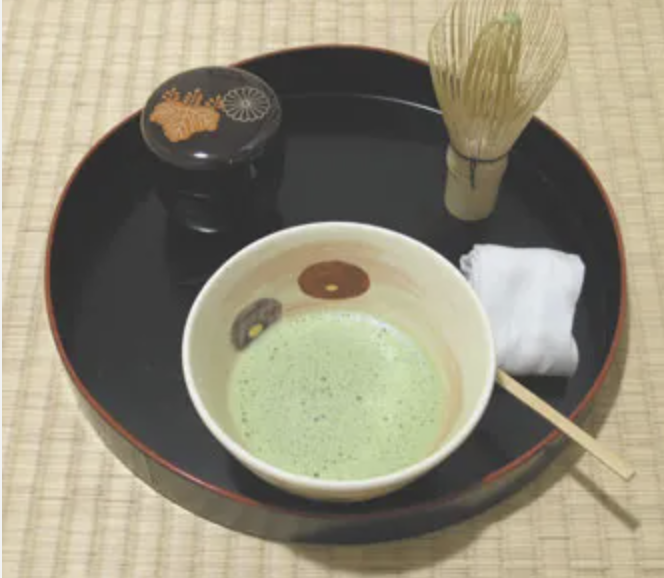In Japanese culture, the tea ceremony is far more than just preparing a cup of tea. It’s a spiritual practice and an art form. In this ritual, ceramic dinnerware plays a central role—not just as utensils but as a key part of the overall experience. Today, we’ll explore how ceramic tableware enhances the Japanese tea ceremony, and how it has shaped global appreciation for tea culture, artisan ceramics, and the gifting industry.
The Philosophy Behind Japanese Tea Ceremonies
Known as “Chanoyu” or “Sadō“, the Japanese tea ceremony traces its roots to the 15th century, heavily influenced by Zen Buddhism. It revolves around four core principles: wa (harmony), kei (respect), sei (purity), and jaku (tranquility). It’s not simply about taste but about time, space, mindfulness, and interpersonal connections.

Every detail of the ceremony is thoughtfully curated. Among them, ceramic utensils like tea bowls (chawan), cups, rinsing bowls, and water jars are crucial in setting the tone. The texture, form, age, and even origin of each piece can influence the emotional and aesthetic depth of the ritual.
Why Is Ceramic Dinnerware Central to the Tea Ceremony?
Compared to glass, metal, or plastic, ceramic carries a unique warmth and texture. It retains heat well and offers a tactile, “human” quality in the hand. Especially in Japan, the beauty of ceramics lies in their imperfection—what’s known as wabi-sabi. Slight roughness, natural glaze variations, and handmade touches are not flaws but the very things people admire.
Many tea utensils are handmade and kiln-fired, meaning no two pieces are exactly the same. This uniqueness creates a quiet, personal connection between the tea drinker and the object—one that adds to the ritual’s intimacy.
Comparing Ceramic Tableware in the Tea Ceremony
There are many types of ceramic utensils used in the tea ceremony. Different occasions, seasons, and rituals call for different pieces. Below is a comparison of key ceramic items and their distinct roles:
| Utensil Name | Japanese Term | Common Use Case | Ceramic Style | Function & Symbolism |
|---|---|---|---|---|
| Tea Bowl | 茶碗 (Chawan) | Central piece for whisking & serving matcha | High-fired, tactile, rustic | Comfortable grip, showcases host’s aesthetic and taste |
| Waste Water Bowl | 建水 (Kensui) | For discarding rinse water | Matte finish, understated design | Often placed subtly to suggest cleanliness and humility |
| Fresh Water Jar | 水指 (Mizusashi) | Stores cool water for mixing with hot | White or celadon ceramic | Must convey calmness and symmetry, often a visual centerpiece |
| Tea Container | 茶入 (Cha-ire) | Stores premium matcha powder | Compact, often lidded | Highly revered, sometimes passed down as heirlooms |
| Incense Container | 香合 (Kōgō) | Holds incense for atmosphere | Hand-glazed, seasonal motifs | Adds mood and seasonal charm, doubles as a decorative element |
Top Japanese Ceramic Brands Known for Tea Ceremony Ware
Japan has a long-standing tradition of ceramic artistry. Many globally respected brands still uphold these techniques today, particularly for tea ceremony utensils. Here are five renowned Japanese brands, each with distinctive styles:
- Raku Ware (楽焼)
- Origin: 16th century, designed for tea masters.
- Features: Low-fired, hand-formed, signature crackled glaze.
- Focus: Tea bowls that embody “the beauty of simplicity.”
- Arita-yaki (有田焼)

- Region: Saga Prefecture, over 400 years of history.
- Features: Delicate hand-painted porcelain, crisp white surfaces.
- Products: Broad range, blending traditional and modern designs.
- Shino Ware (志野焼)
- Region: Gifu Prefecture, famous for earthy colors.
- Features: Thick, rustic textures with iron-red and milky white glazes.
- Popular for: Winter tea gatherings due to its warmth and depth.
- Mashiko Ware (益子焼)
- Origin: Meiji era, widely used in daily life.
- Features: Humble, unpretentious forms with a warm, earthy glaze.
- Ideal for: Everyday tea ceremonies and casual home settings.
- Hagi Ware (萩焼)
- Region: Yamaguchi Prefecture, known for evolving colors.
- Features: Glaze that changes over time (“seven transformations”).
- Cherished by: Tea ceremony enthusiasts and collectors.
From Tradition to Trend: Ceramic Tea Sets in Modern Gifting & Retail
In recent years, the “Japanese tea experience” has become a global symbol of elegant living. This has propelled ceramic tea sets into the spotlight—not just in Japan, but around the world, especially in the gifting and eCommerce sectors.
Key growth channels for ceramic tea dinnerware include:
- Cross-border eCommerce platforms (like Etsy and Amazon Handmade): Artisanal matcha bowls and incense containers with an “East Asian aesthetic” are top-selling gift items.
- Luxury gift retailers: Custom ceramic tea sets with hand-painted packaging are sought after for weddings, birthdays, and seasonal holidays.
- Hotel & restaurant buyers: Hospitality venues are adopting traditional tea sets to elevate customer experience.
- Cultural tourism: Japanese brands collaborate with museums or cultural centers overseas to release limited-edition tea bowls.
- Lifestyle brands: Home decor companies now offer ceramic ware that fuses traditional glazes with modern minimalist designs.
FAQ: People Also Ask
Q1: Can Japanese tea ceremony ceramics be mass-produced by machines?
A1: Technically, yes. But for formal tea gatherings, hand-thrown and kiln-fired ceramics are preferred for their soul and uniqueness.
Q2: How is a matcha tea bowl different from a regular ceramic bowl?
A2: Matcha bowls have a wider mouth for whisking, thicker walls for insulation, and designs that emphasize visual and tactile harmony.
Q3: Are Japanese ceramic tea sets popular in global eCommerce?
A3: Absolutely. Tea sets with cultural patterns, handmade elements, or gift packaging are trending in many markets.
Q4: Are ceramic tea utensils difficult to maintain?
A4: Not really. Avoid sudden temperature changes and allow pieces to air dry. Some wares even improve over time with regular use.
Q5: How do I know if a tea bowl is suitable for the tea ceremony?
A5: Look for balance in weight, texture, and color harmony with matcha. Also, consider seasonal themes and the occasion.
Final Thoughts: How Ceramic Dinnerware Enhances the Spirit of Tea
Ceramic tea utensils are not just functional—they carry cultural meaning, personal connection, and visual poetry. Whether for a serene home tea session or as a refined gift, these pieces offer a rich sensory experience that blends art and tradition.
If you’re a global kitchenware buyer, gift merchant, or cross-border eCommerce seller looking to build your own line of Japanese-style ceramic tea sets, EKA is a trusted ceramic dinnerware factory based in China, specializing in OEM & ODM solutions. With years of production experience and deep knowledge of ceramic artistry, we can help bring your tea-inspired product ideas to life.




